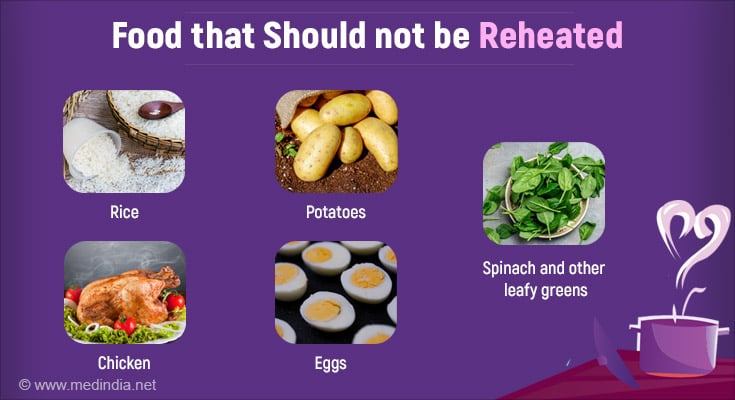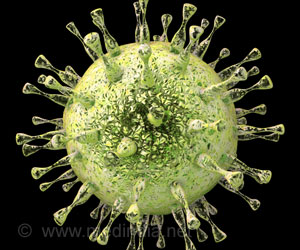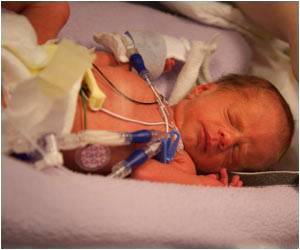- Not all foods are safe to reheat; rice, potatoes, and eggs pose health risks
- Proper reheating temperatures and techniques are essential to prevent foodborne illnesses
- Be cautious with leafy greens like spinach to avoid the formation of carcinogens
Reheating food is a common practice in households worldwide. It’s a convenient way to enjoy leftovers and reduce food waste. However, not all foods are created equal when it comes to reheating. While some dishes handle reheating like champs, others can pose health risks if not handled properly. Let’s delve into the potential hazards of reheating food and explore which foods should avoid a return trip to the microwave or oven.
When it comes to reheating, the primary concern is bacterial growth. Every time food is reheated, it goes through a cycle of cooling and reheating, creating an environment conducive to bacterial proliferation. Bacteria thrive in temperatures between 40°F (4°C) and 140°F (60°C), known as the “danger zone.” Reheating food improperly can allow bacteria to multiply rapidly, increasing the risk of foodborne illnesses.
Reheated spinach can form carcinogens. #foodsafety #reheatingrisks #medindia’
Foods that One Should NOT Reheat
Certain foods are more susceptible to bacterial contamination and chemical changes when reheated. Here are some examples of foods that should be treated with caution when it comes to reheating:
1. Rice:
Uncooked rice often contains spores of Bacillus cereus, a bacterium that can survive cooking. When rice is left at room temperature, these spores can multiply and produce toxins, even after cooking. Reheating rice can further activate these toxins, leading to food poisoning. To minimize the risk, it’s essential to cool and store cooked rice promptly and reheat it thoroughly (1✔ ✔Trusted Source
How Bacillus Cereus Can Make You Sick from Reheated Rice
2. Potatoes:
Potatoes are a staple in many dishes, but reheating them can lead to the production of toxic compounds called solanine and chaconine. These compounds are naturally present in potatoes and can increase to harmful levels when potatoes are cooked and cooled improperly. Reheating potatoes at high temperatures, especially using a microwave, can exacerbate this issue, potentially causing digestive discomfort or even poisoning (2✔ ✔Trusted Source
Effect of Microwave Heating on the Acrylamide Formation in Foods
3. Chicken:
Chicken is a popular protein choice, but reheating it requires caution. Improperly reheated chicken can harbor harmful bacteria like Salmonella and Campylobacter, which can cause foodborne illnesses. To ensure the safety of reheated chicken, it’s crucial to heat it to an internal temperature of at least 165°F (74°C) and avoid reheating it more than once (3✔ ✔Trusted Source
Heating chicken breast muscle reduces the amount of dialyzable iron after extraction and digestion
).
4. Eggs:
Reheating eggs can lead to the production of toxic compounds, including hydrogen sulfide, which gives off a foul odor. Additionally, reheating eggs can cause them to become rubbery and unappetizing. It’s best to consume eggs immediately after cooking or store them properly in the refrigerator and avoid reheating them (4✔ ✔Trusted Source
Hydrogen sulphide production in eggs and egg products as a result of heating
Advertisement
5. Spinach and Other Leafy Greens:
Leafy greens like spinach contain nitrates, which can convert into nitrites when reheated. Nitrites can react with compounds in the stomach to form nitrosamines, which are known carcinogens. Reheating spinach and other leafy greens can also lead to the destruction of heat-sensitive nutrients like vitamins C and folate (5✔ ✔Trusted Source
Assessment of Potential Nitrite Safety Risk of Leafy Vegetables after Domestic Cooking
).
How to Minimize Food-Borne Illnesses When Reheating?
While reheating food can be convenient, it’s essential to do so safely to avoid potential health hazards. To minimize the risk of foodborne illnesses and chemical changes, follow these tips when reheating leftovers:
- Store leftovers promptly in airtight containers and refrigerate them within two hours of cooking
- Reheat leftovers to an internal temperature of at least 165°F (74°C) to kill any harmful bacteria
- Avoid reheating food more than once, as each reheating cycle increases the risk of bacterial contamination and nutrient loss
- Use a food thermometer to ensure that leftovers reach the proper temperature before consumption
- When in doubt, discard any leftovers that appear or smell off, as they may pose a health risk
In summary, while reheating food can be a convenient way to enjoy leftovers, it’s essential to be mindful of the potential risks. Certain foods are more prone to bacterial contamination and chemical changes when reheated, so it’s crucial to handle them with care. By following proper food safety guidelines and avoiding reheating certain foods altogether, you can minimize the risk of foodborne illnesses and enjoy your meals safely.
Advertisement
References:
- How Bacillus Cereus Can Make You Sick from Reheated Rice – (https://rightasrain.uwmedicine.org/body/food/leftover-rice-bacillus-cereus-food-poisoning)
- Effect of Microwave Heating on the Acrylamide Formation in Foods – (https://www.ncbi.nlm.nih.gov/pmc/articles/PMC7570677/)
- Heating chicken breast muscle reduces the amount of dialyzable iron after extraction and digestion – (https://pubmed.ncbi.nlm.nih.gov/22007597/)
- Hydrogen sulphide production in eggs and egg products as a result of heating – (https://pubmed.ncbi.nlm.nih.gov/4735258/)
- Assessment of Potential Nitrite Safety Risk of Leafy Vegetables after Domestic Cooking – (https://www.ncbi.nlm.nih.gov/pmc/articles/PMC8701323/)
Source-Medindia



